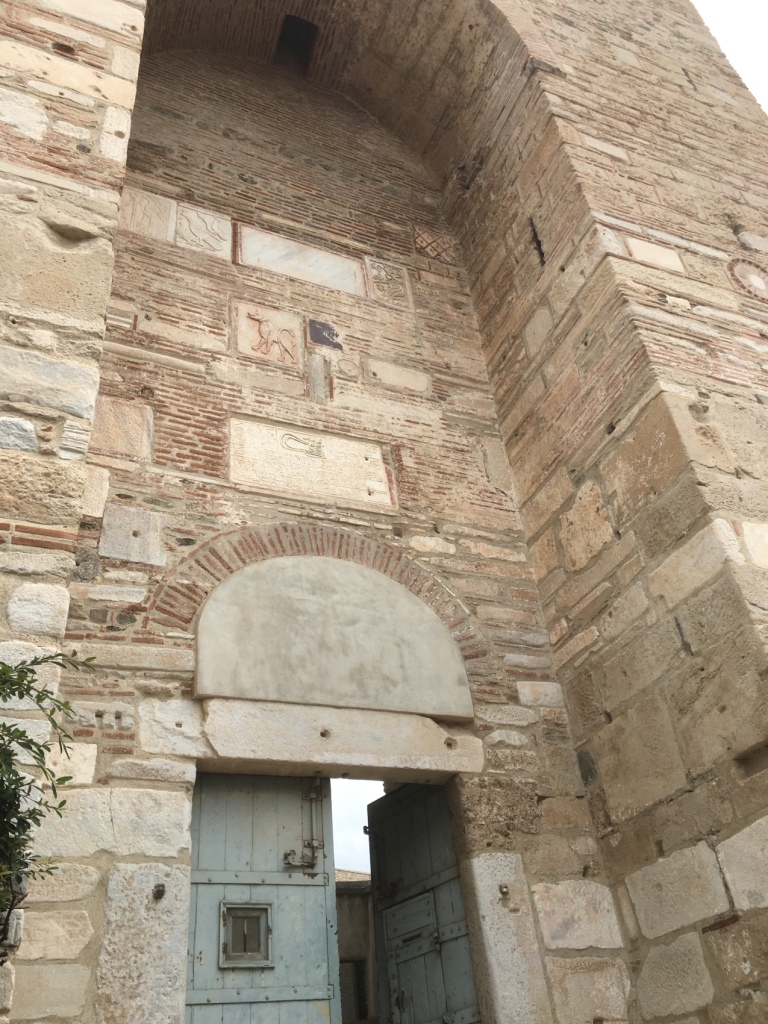
Surprisingly it was back to the buses for the second day in Thessaloniki. The first boat did not depart from PEREA until 11.45. Thankfully there was not the congestion on the buses nor the roads until the last two stops before we alighted by the White Tower. It looked like a steepish walk uphill to the Heptapyrgion of Thessaloniki, or Castle as we called it. There was a peaceful coffee stop en route adjacent to some ruins and away from the road.

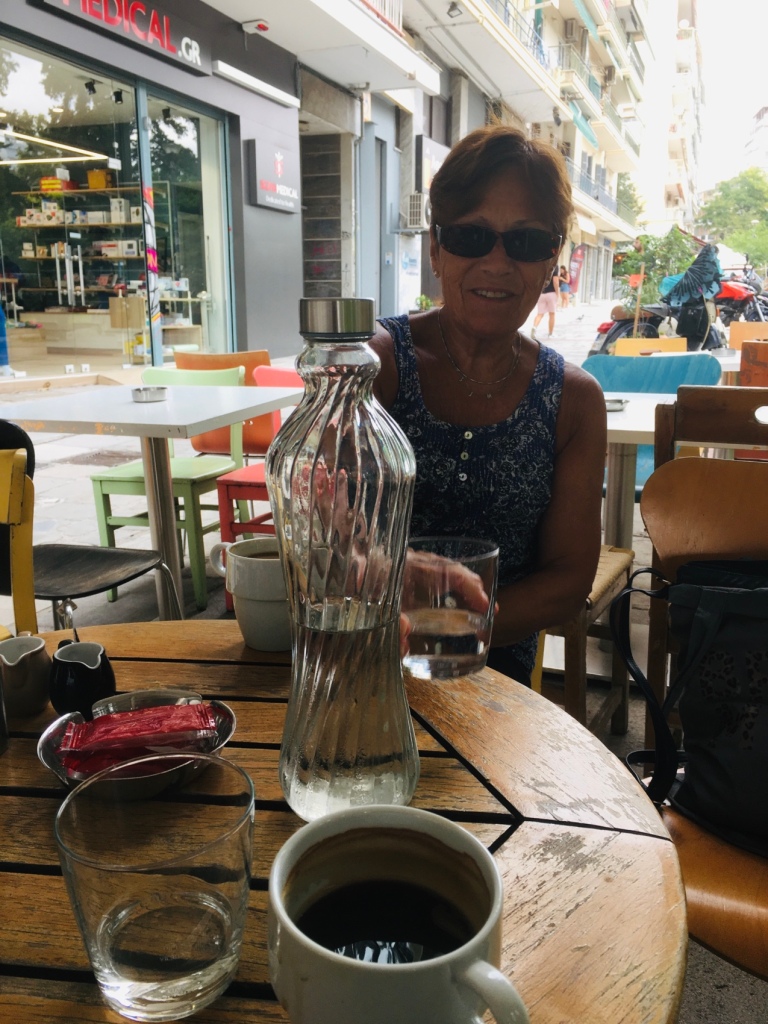
We continued the walk upwards at one point between two cemeteries one of which was designated “ The Protestant Cemetery “

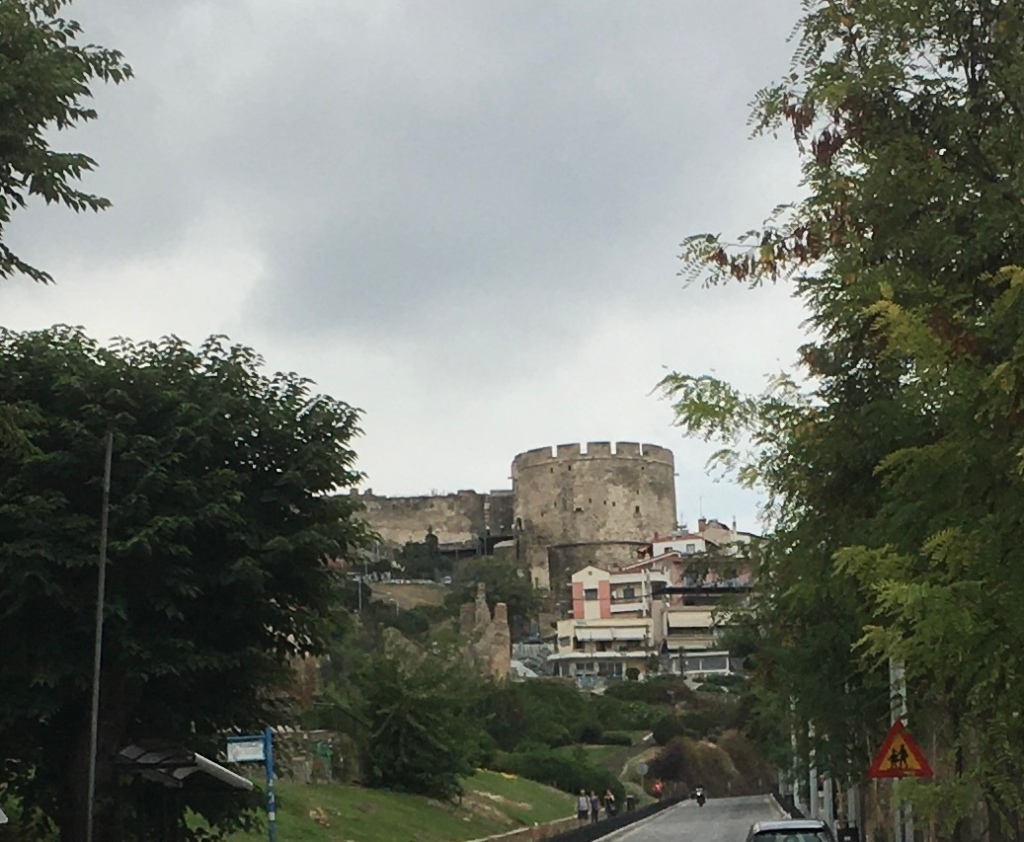
The fortress has towered over the city of Thessaloniki, Greece, for over 1,000 years. It was first constructed during the Byzantine era (330 AD to 1453 AD), although this most recent version was rebuilt by the Ottomans after they conquered the city in the 1400s. It goes by a few names: Heptapyrgion, Eptapyrgio, and Yedi Kule, all of which mean “Fortress of Seven Towers.” It’s a bit of a misnomer, though, as the fortress actually has 10 towers.
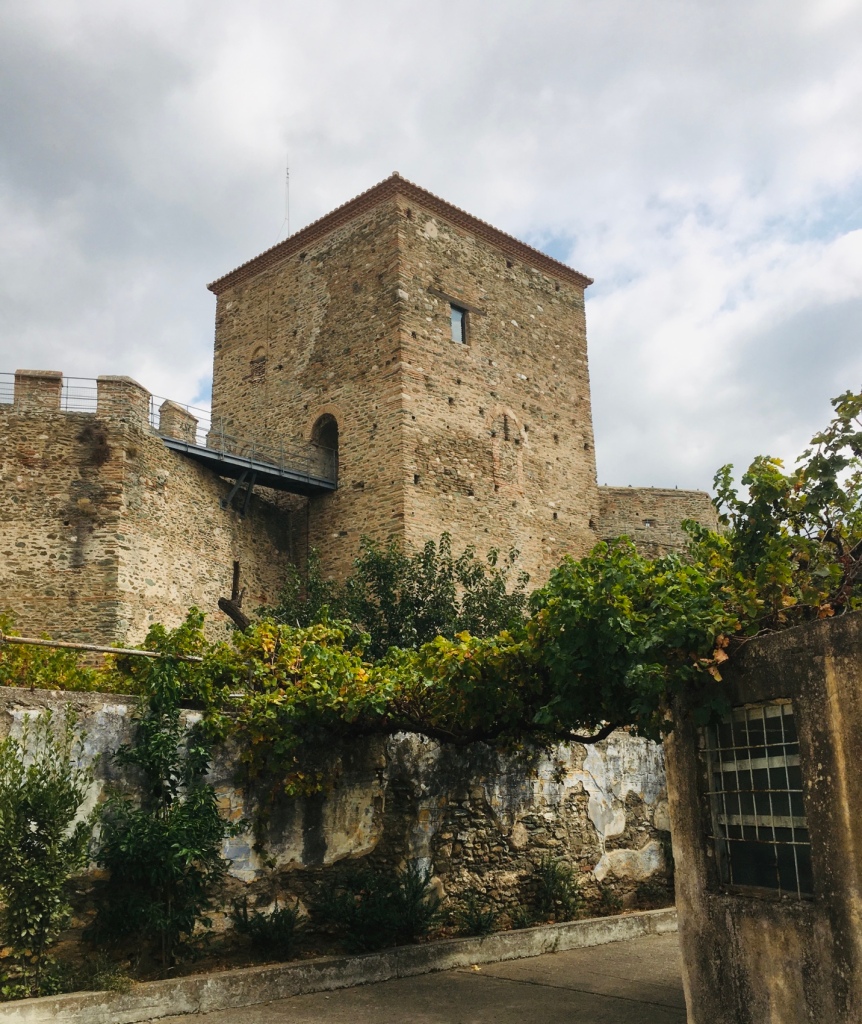


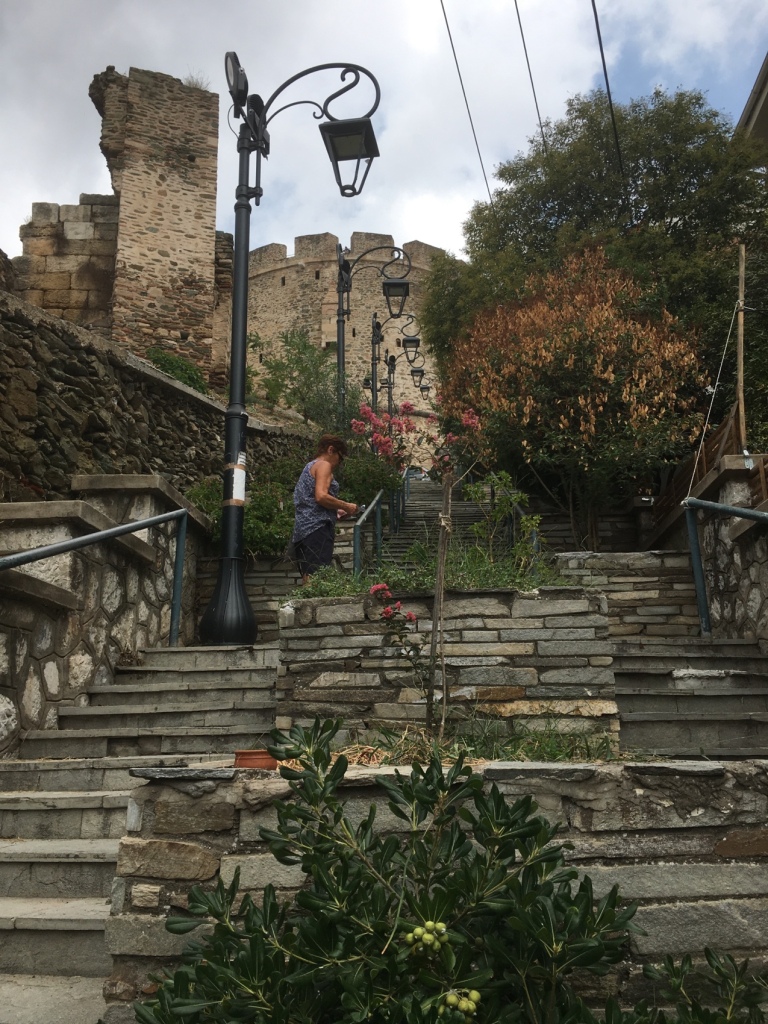
ACROPOLIS-EPTAPYRGIO
The Thessaloniki Acropolis lies in the northeastern and highest point of the city, just beyond Vlatadon Monastery and inside the northen wall of the city, which is in a relatively good state of preservation. Two big gates, the “portares”, lead inside the Acropolis which was the second line of defence in case of siege of the city. Next to the east gate as it leads outside the Acropolis, at the corner of the northen and eastern walls, the tower of Trigonio (or Pyrovolio) dominates and offers magnificient views of the city. All in all it is a huge site, there are 4 kilometres of walls still intact.

The Heptapyrgion of Thessaloniki has grown and changed over the centuries, absorbing the architectural influence of the many cultures, communities, and political dynasties that have made Thessaloniki the diverse city it is today. While it has spent the past 25 or so years as a tourist attraction and a UNESCO world heritage recognized site, it’s final function for the century or so before its ‘retirement’ was as a prison – a bit of a gloomy period for an otherwise magnificent building.
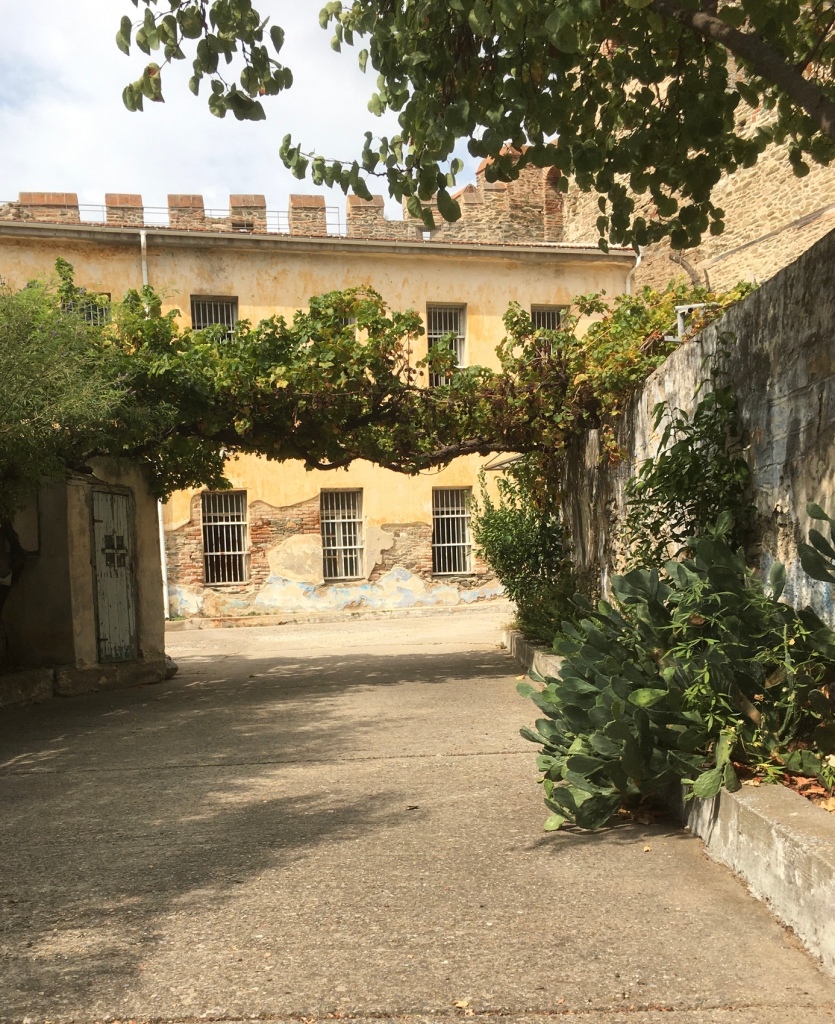

To the Greeks, Heptapyrgion is haunted by memories of turbulent periods within their recent history. The fortress held political prisoners during troubled times like the fascist dictatorship of 1936, the years of Nazi occupation and the civil war that followed it, and the seven year-long military junta that began in 1967. Those interned there faced harsh conditions. Torture was common, and hundreds of inmates were executed at an infamous spot not far from the fortress.

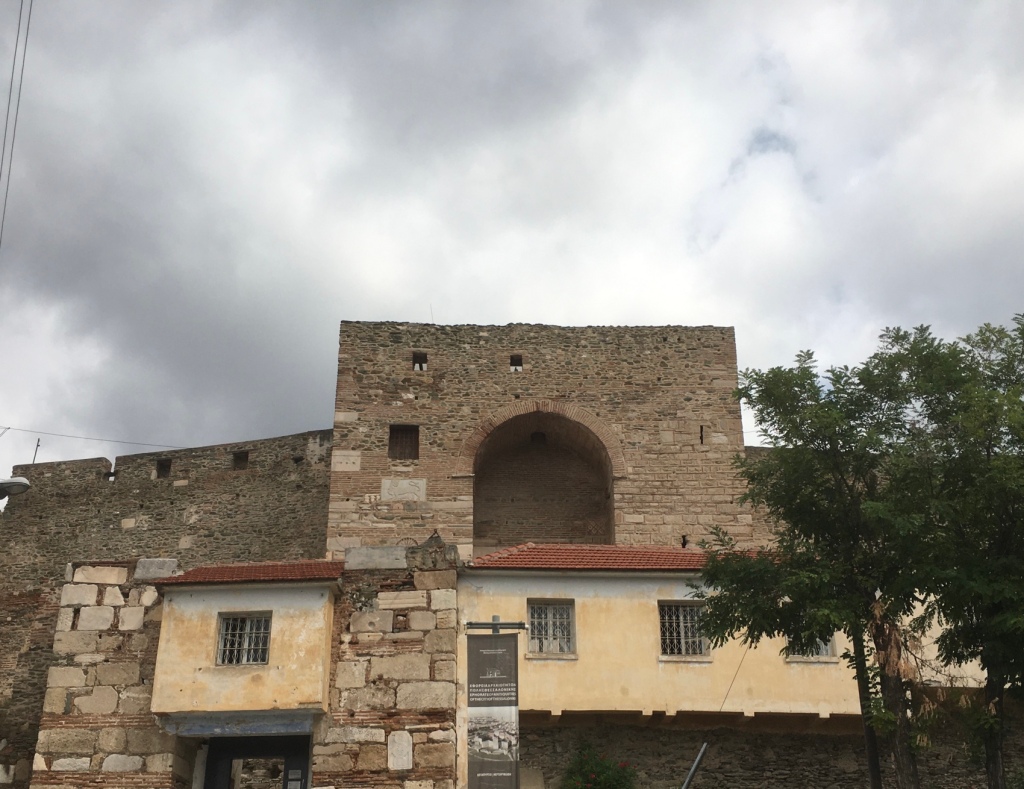
Acropolis means upper city and there are people still living up here.
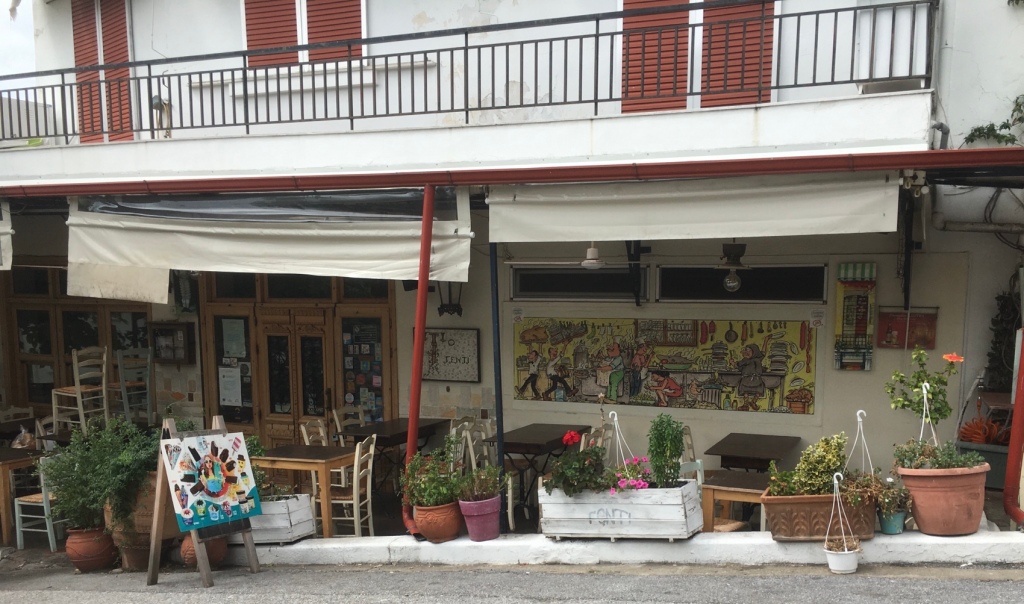
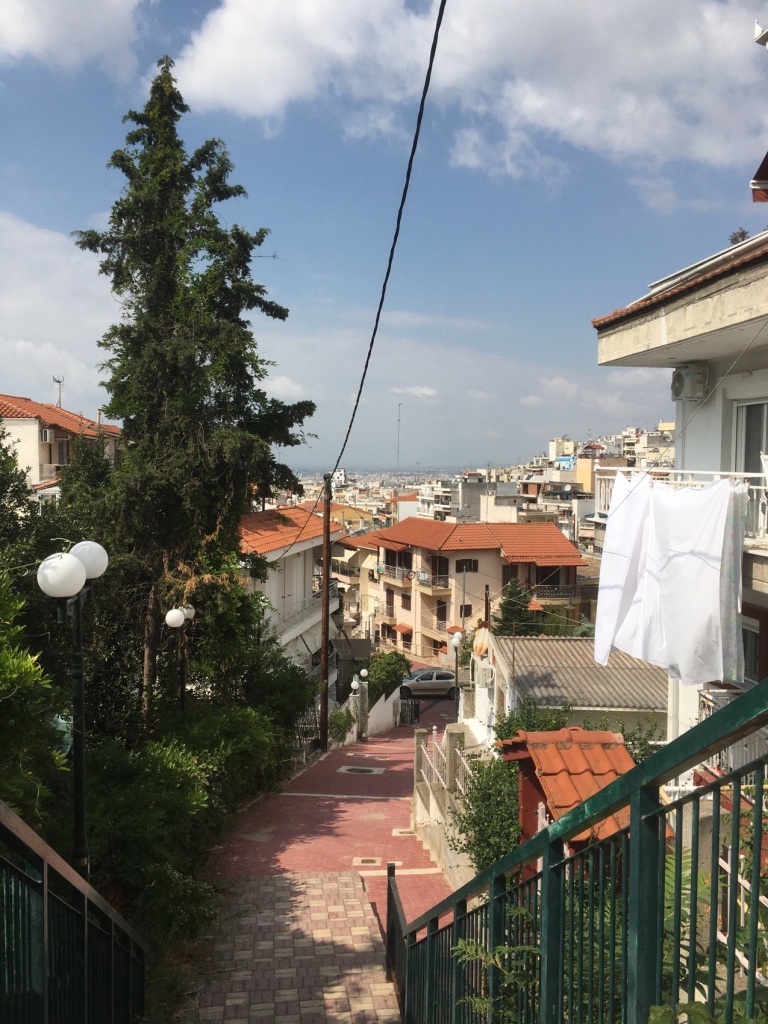
After spending some time meandering around the rest of the site – it takes a fair amount of time and energy, it was back down to the port side and finally to hitch a ride on the taxi boat.


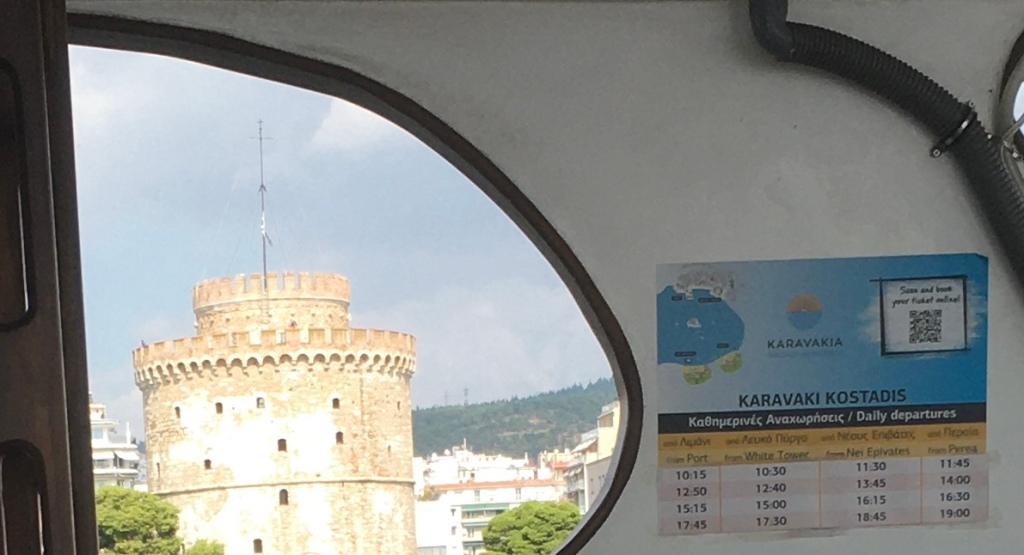

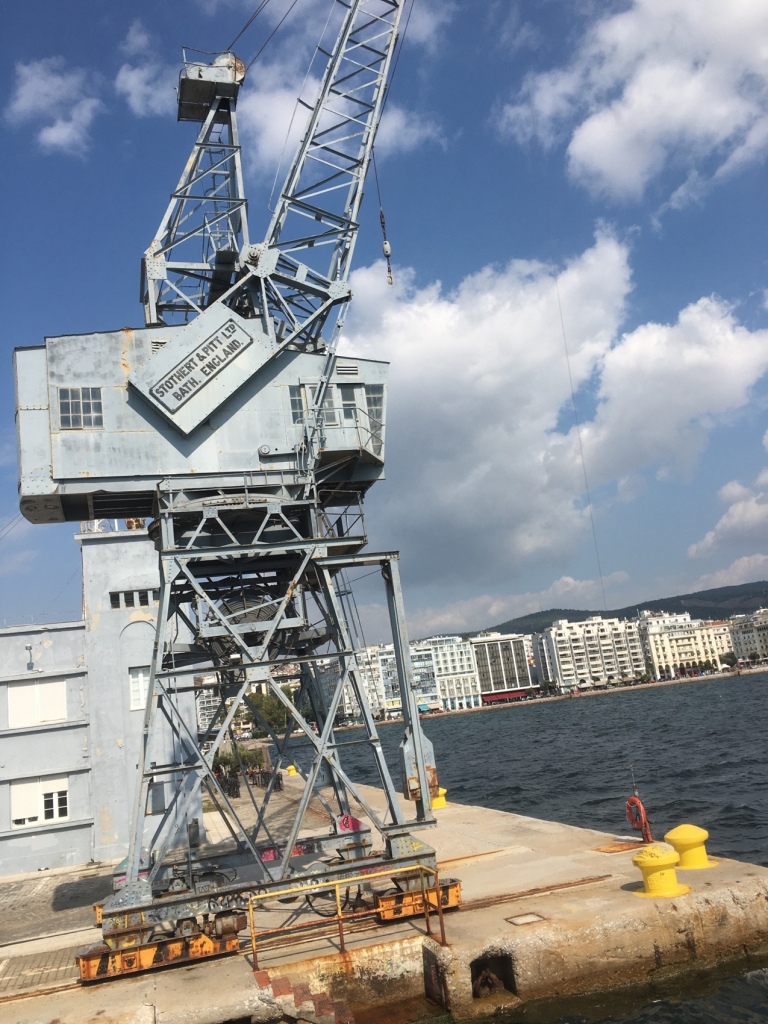
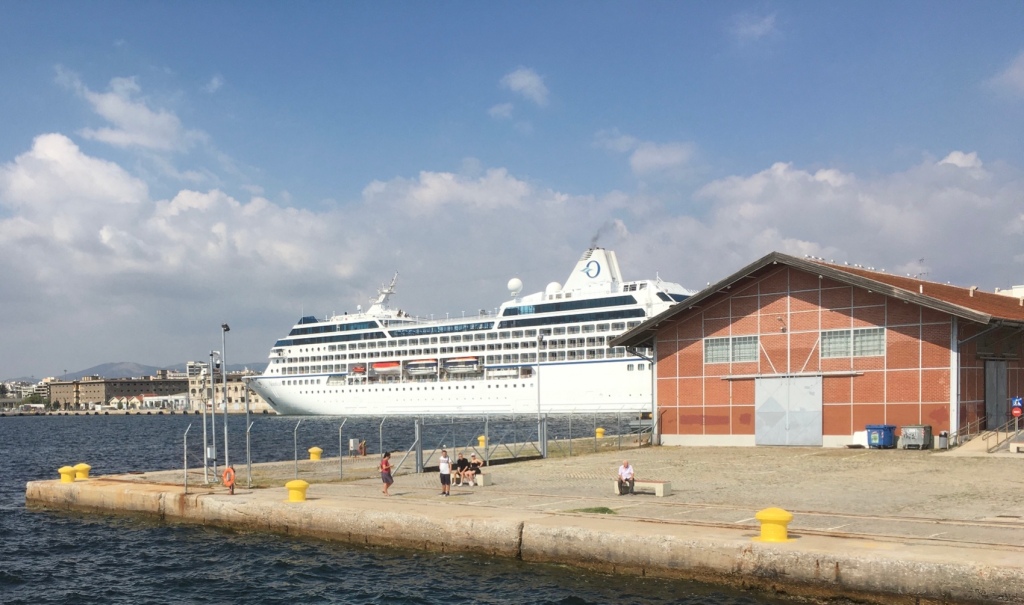
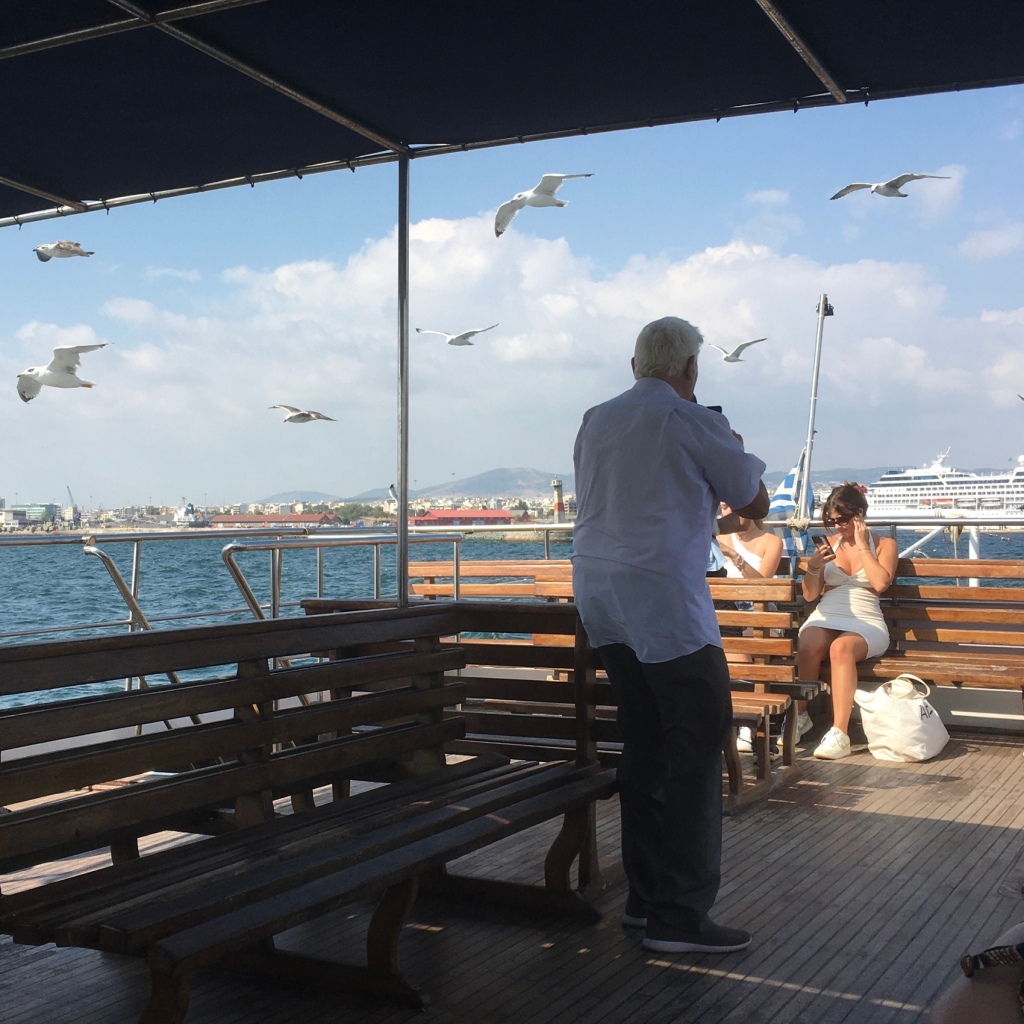
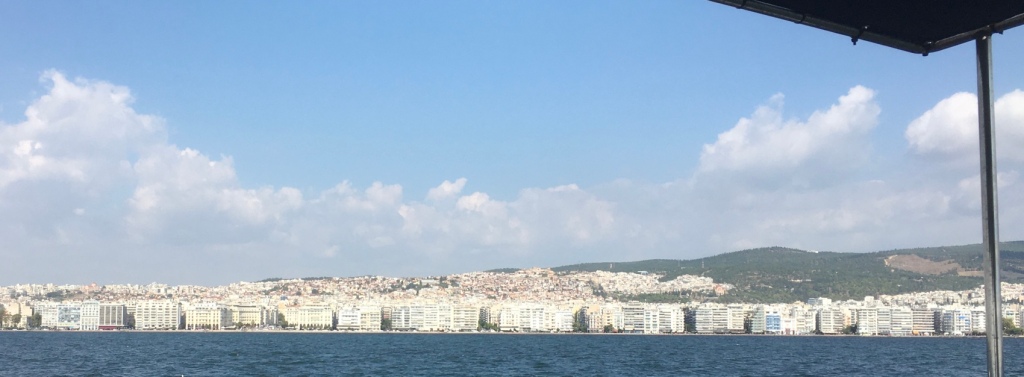

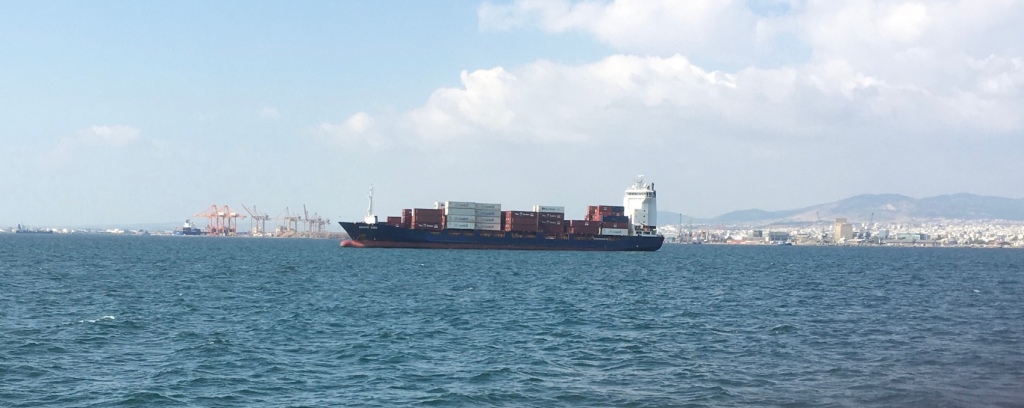



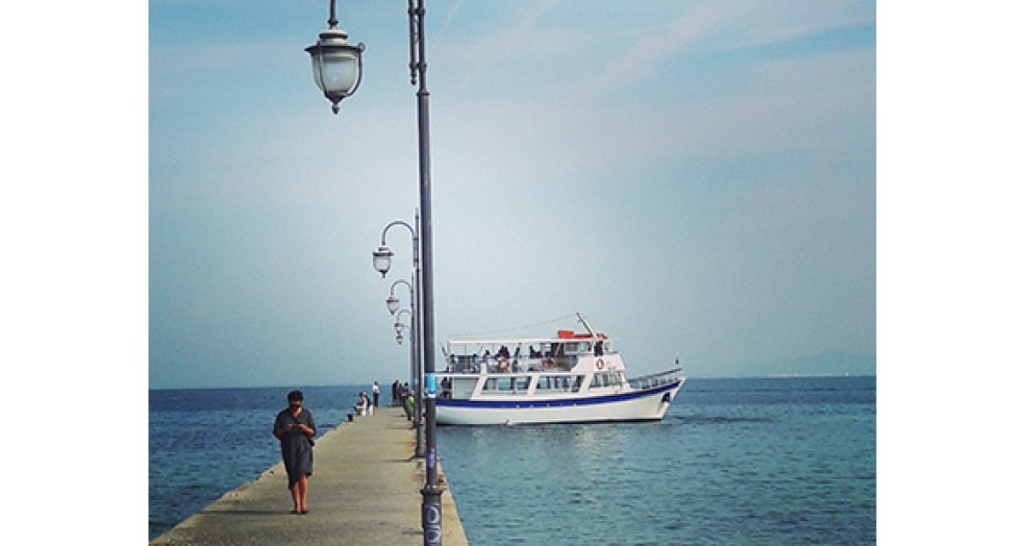

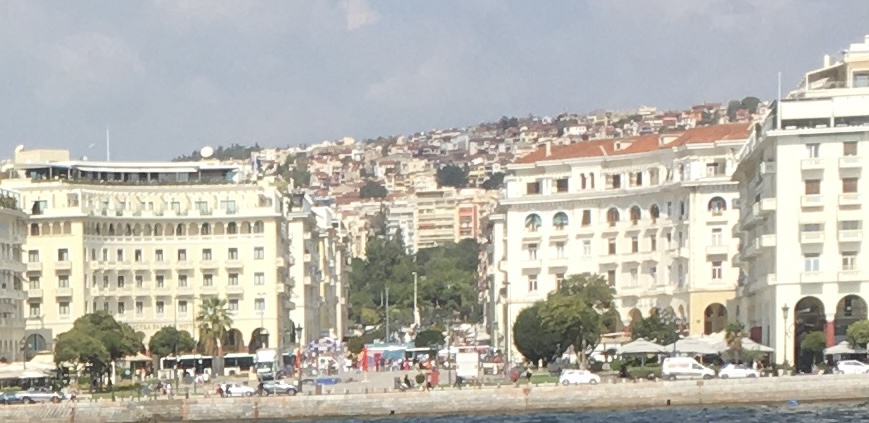

Leave a comment